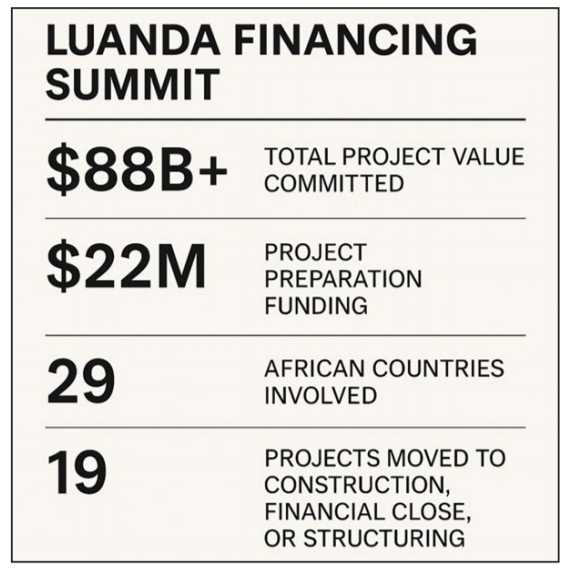
Africa’s annual infrastructure financing needs—estimated at more than US$100 billion—are once again in the spotlight, with the Luanda Financing Summit positioning itself as a key platform to mobilise capital and accelerate the continent’s transformation.
Hosted under the patronage of Angolan President João Lourenço and convened with AUDA-NEPAD and the African Union Commission, the summit (28–31 October 2025) aims to draw governments, investors, and development partners into a common drive to fund priority projects.
The gathering builds on the momentum of Dakar’s earlier edition, where US$88 billion in project commitments were recorded and 19 projects advanced to financial close or construction.
At the heart of Luanda’s agenda is Agenda 2063 and the African Continental Free Trade Area, both of which hinge on infrastructure to unlock regional integration and industrialisation.
Organisers highlight that mechanisms such as AUDA-NEPAD’s Service Delivery Mechanism and the Continental Business Network will help reduce project risks and make African ventures more bankable.
The conference programme reflects Africa’s current financing challenges and opportunities. Day 1 focuses on political leadership and corridor development, with Presidential Dialogues on cross-border transport and mobilising domestic capital.
Related Stories
Day 2 sharpens attention on investors, DFIs, and ministers through structured deal rooms, sector panels, and an EU–Africa investment forum.
Day 3 explores technology, climate resilience, and digital transformation before closing with the Luanda Declaration. A final field visit on Day 4 will showcase Angola’s flagship infrastructure projects.
Thematic areas range from domestic financing and early-stage project preparation to climate-resilient infrastructure, AI in financing, and cross-border energy investments.
The summit will also spotlight Africa’s MSMEs and startups in an “Infrastructure Marketplace,” linking innovation directly to large-scale capital.
With more than 2,000 participants expected—including heads of state, institutional investors, and SMEs—the summit is designed as both a policy and a deal-making arena.
The goal is simple but urgent: to move Africa’s infrastructure projects from paper to practice, ensuring the continent captures investment flows while shaping its own development priorities.

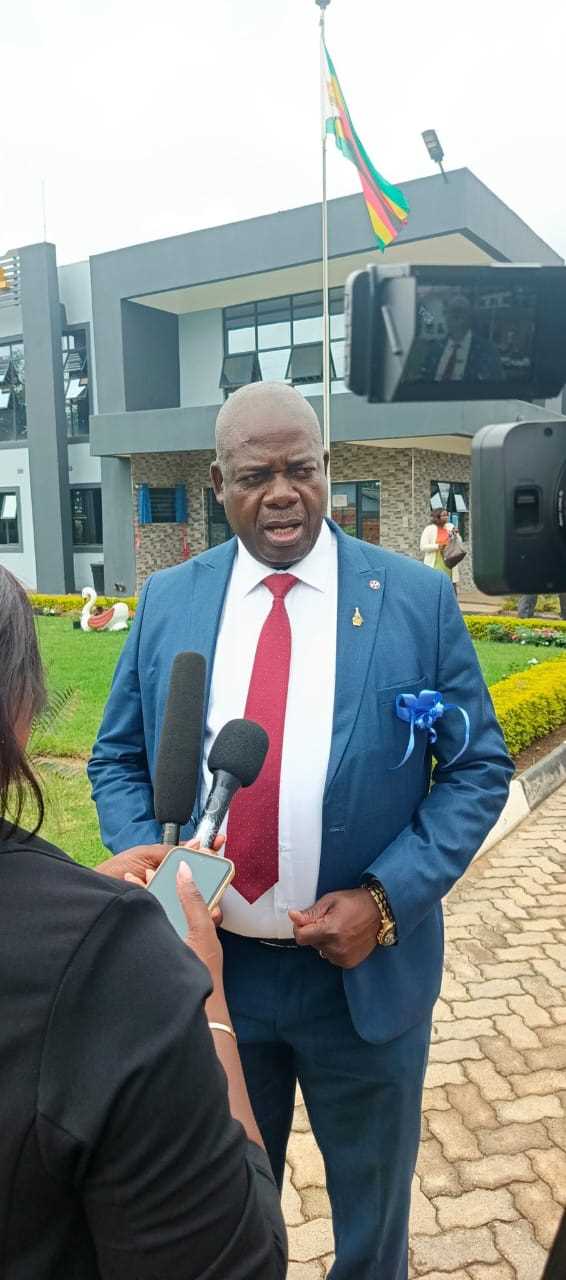



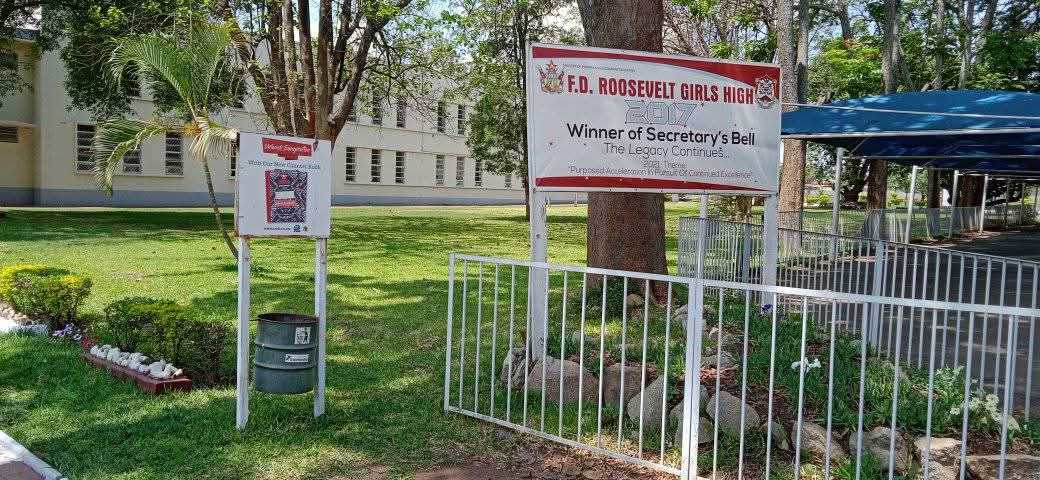




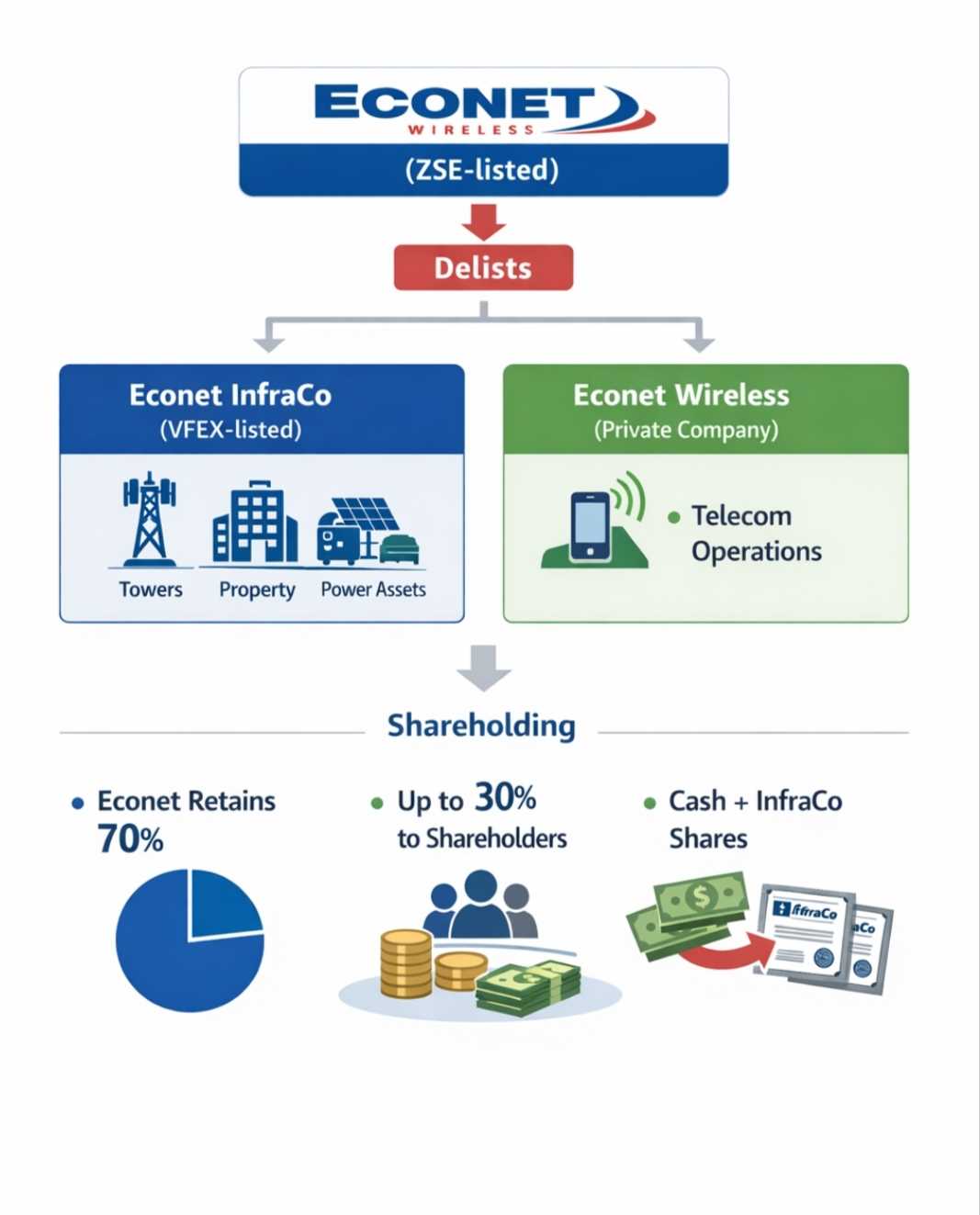
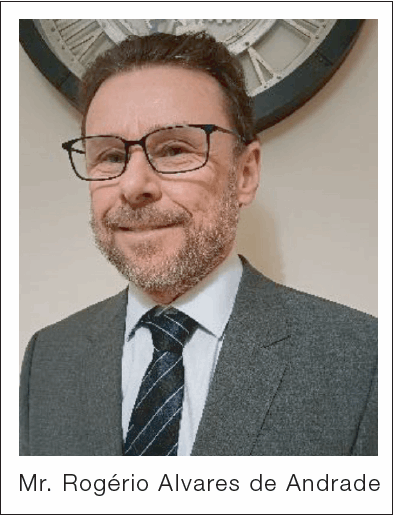
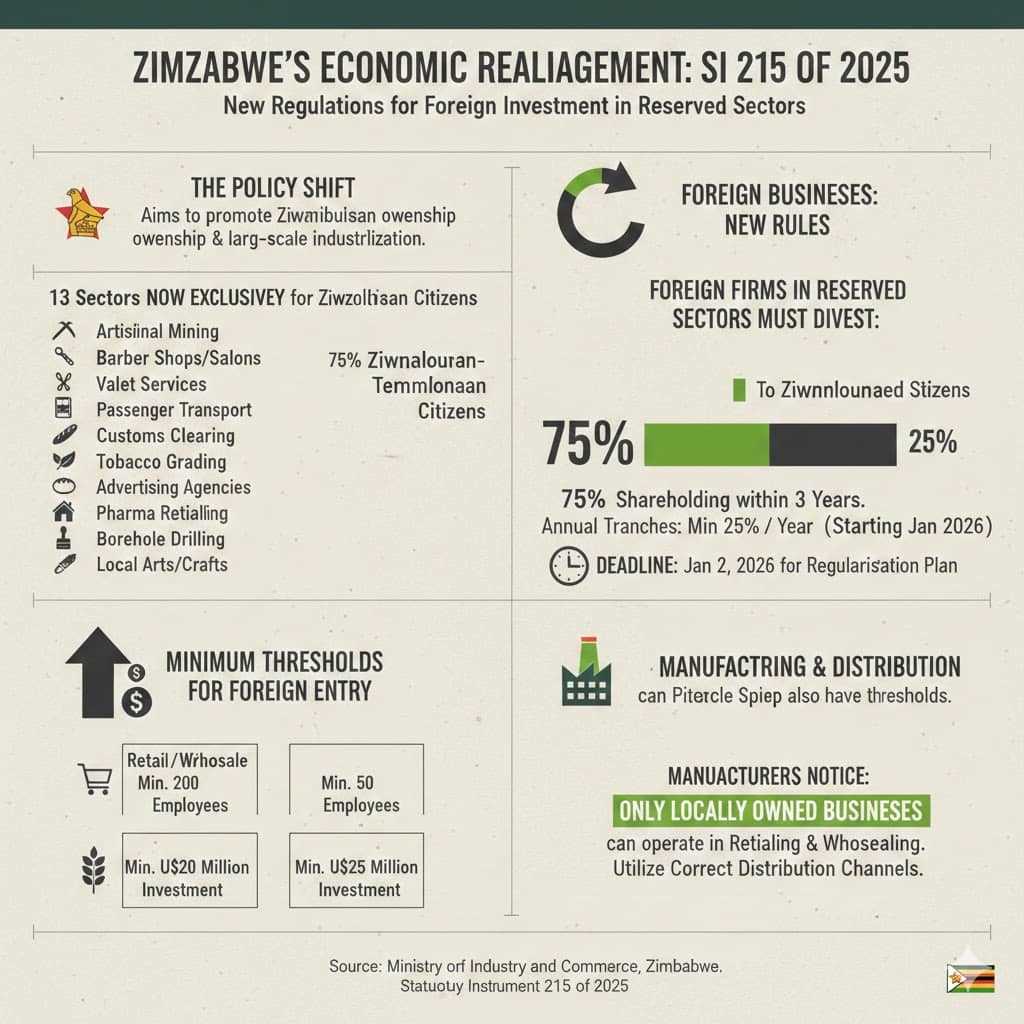

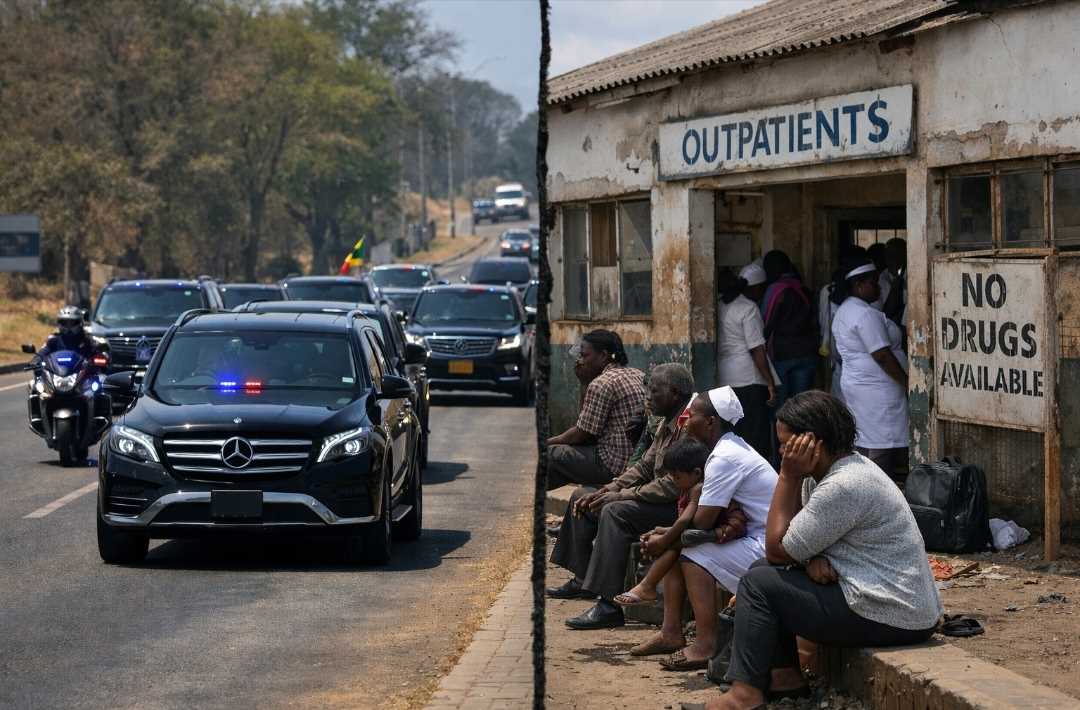




Leave Comments